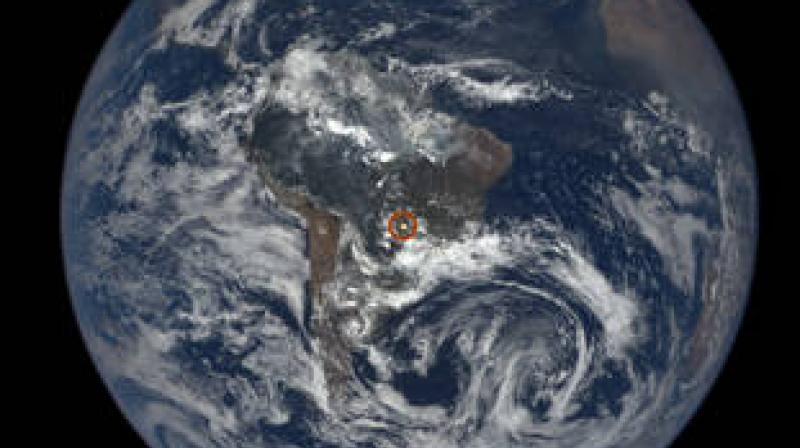
Stress, if left untreated can take a toll on your health causing anything from binge eating to heart diseases. So, give your body a much deserving break by practicing relaxation techniques such as deep breathing, brisk walking, hatha yoga, and stretching. Other surefire ways to ease stress levels could be taking a lavender bubble bath and sharing a good laugh with friends.
You might not like to admit it, but stress is a normal part of life. We all experience it sometimes! Unfortunately, chronic stress can cause long-term health problems. So it’s a good idea to try and change the way you handle it.
7 Ways To De-Stress
Here are seven easy things you can ease those stressful feelings.
ADVERTISEMENT
1. Take Deep Breaths
There’s a good chance that your heart (and brain) is racing. Give your body a break by taking deep breaths for 20 to 30 minutes. This will encourage calmness by bringing more oxygen to your brain.1 The best part, you can do this anywhere, right from your work desk to the bus stop.
2. Be Creative
Creative tasks can relieve psychological stress. It’s basically like your brain meditating.2Fortunately, this doesn’t mean you need to be Martha Stewart. Simply listening to music, doodling, and coloring will do the trick. You don’t need to make a work of art in order to relieve stress.
3. Indulge In Aromatherapy
Some essential oils can relax your body and mind. Chamomile, lavender, and bergamot are great choices. If you’re at home, use them in a diffuser or bath. You can also sniff the bottle or dab a few drops on your feet.
4. Stretch It Out
To calm tense muscles, try stretching. This simple act will improve circulation and ease stress. Focus on major muscle groups and hold each stretch for 30 seconds.3 Consider doing yoga to clear your mind, too. Hatha yoga is especially great for stress relief.4
5. Go For A Walk
Exercising will help your brain produce mood-boosting neurotransmitters called endorphins. It will also promote relaxation and reduce anxiety.5 But this doesn’t mean you need to run a marathon! A light walk around the neighborhood can help.
ADVERTISEMENT
6. Write In A Journal
Journaling is a therapy which not too expensive. Simply writing down your thoughts – no matter how crazy or wild – will bring you peace. It even encourages positive emotional and mental growth after a stressful situation.6
7. Have A Good Laugh
You’ve probably heard that laughter is good for the soul. Well, it’s true! Laughing increases endorphins and decreases anxiety and depression. It’s even considered as a form of therapy.7 Try watching a funny movie or television show. Watch video clips of your favorite comedian or cute animals. Even a phone chat with a friend can help you out.
Remember, stress management is a crucial part of self-care. Be kind to yourself under stress. If you treat it with respect, it will love you in return.








